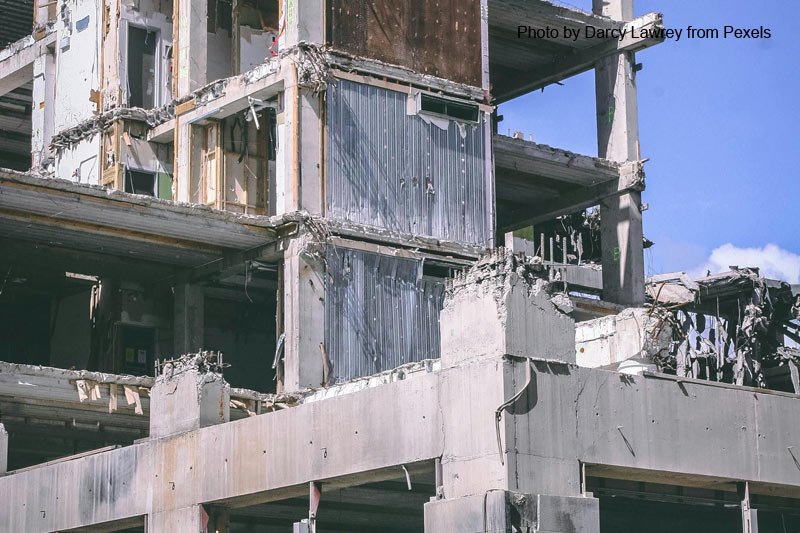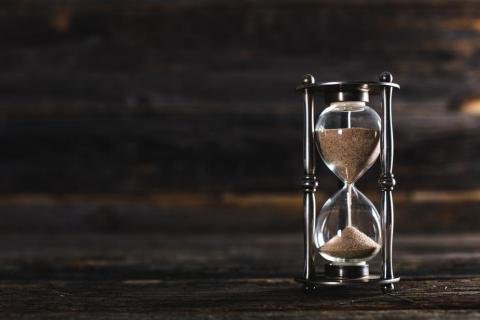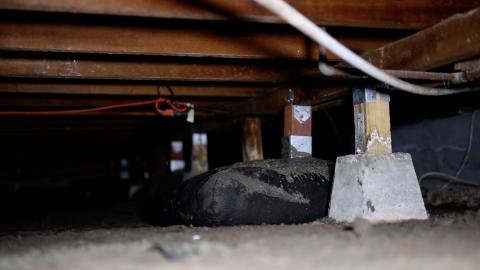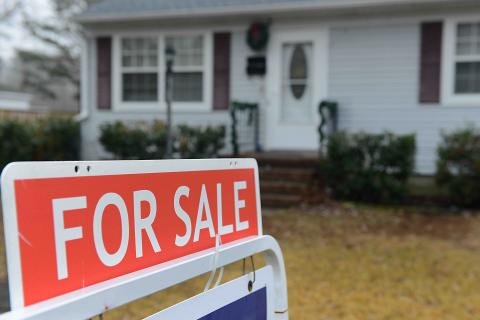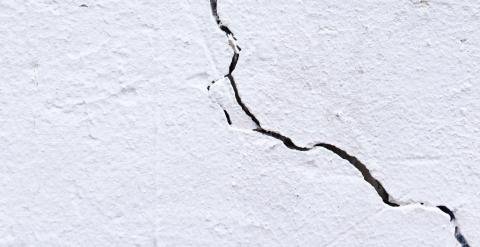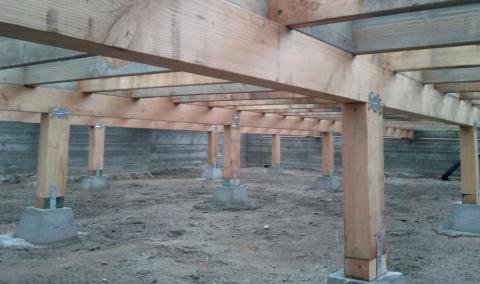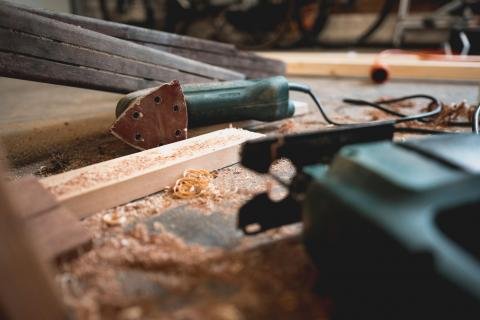Is Earthquake Retrofitting Worth It in CA?
Earthquakes can occur suddenly and without warning, and the movement on the earth’s crust can cause severe damage to older homes. Homes built before 1980 are especially at risk because many were not built to resist shaking and movement. Unfortunately, earthquakes are a common occurrence in many parts of California.
According to scientists, California has more than a 99% chance of having one or more magnitude 6.7 or larger earthquakes within the next 30 years. For Northern California, the most likely source of such earthquakes is the Hayward-Rodgers Creek Fault (31% in the next 30 years). For Southern California, within the next 30 years, the probability is 60% for an earthquake measuring magnitude 6.7.
To keep your home from being displaced from its foundation and to make it safer and less prone to major structural damage during an earthquake, consider retrofitting your home. The 2014 South Napa earthquake was the largest quake in the San Francisco Bay Area since the 1989 Loma Prieta earthquake. Houses shook violently, but two houses that sit side-by-side in Napa had different outcomes. One stood undamaged, while its neighbor had shifted off its foundation with dramatic structural damage.
Seismic retrofitting of a house is done to prevent displacement from the structure’s concrete foundation, making a building safer and less likely to suffer damage during an earthquake. Retrofitting older homes can be relatively simple. Retrofitting single-family homes is considered one of the cheapest seismic improvements available. A foundation bolting process usually costs a few thousand dollars and can be done within several days without the residents moving out.
While there isn’t a standard cost for earthquake retrofitting a home, larger homes, those built on hillsides, and those with basements or rooms over garages will typically cost more to retrofit.
Retrofitting your home is necessary for three reasons. Firstly, it increases safety by making your house stronger against earthquake shaking and damage. While the earthquake itself isn’t generally a source of injury, the shaking it causes can move appliances and cause walls and floors to crumble, increasing your risk of personal injury or even death. Securing your home with a retrofit is one of the best ways to ensure that you and your loved ones remain safe during one of these devastating natural disasters.
Secondly, it financially protects your investment, as repair costs after a damaging earthquake could be very costly. For many people, their home is the largest asset in their portfolio, and it isn’t likely that most people could fund major repairs after an earthquake without suffering financial hardship. Therefore, a retrofit is a much less expensive way to protect the investment you have made into your home and prevent having to pay large amounts out of pocket for costly repairs.
Thirdly, retrofitting ensures you have a place to live, as an earthquake could damage your home and take years to repair, during which time you may have to move out and pay for rental costs, repairs, and your mortgage all at the same time. This fact means that in addition to the costs of repairing your home and potentially medical costs, if anyone is injured in an earthquake, you will also have to pay expenses due to displacement after an earthquake. As you can see, the costs of not retrofitting your home are vast.
In fact, a recent study by the Pacific Earthquake Engineering Research Center estimates that homeowners of homes that have been retrofitted can save between $75,000 and $150,000. When compared to the average cost of retrofitting a home (usually between $3,000 and $7,000), you can see that retrofitting is money well spent. The savings in post-earthquake repairs are frequently eight to fourteen times more than the cost of a typical retrofit.
The reality is that nobody can predict when or where an earthquake will happen, but California has a significantly higher chance of experiencing one than most other locations. Some scientists claim that it is inevitable that another major earthquake will occur in Northern California due to levels of recent seismic activity.
Retrofitting your home can prevent many types of damage, including cracks along the inside and outside walls, tilted walls, doors, and window frames, broken fixtures or counters, and damage to the floors, roofs, garages, or porches. More importantly, retrofitting can increase the likelihood that all of your family will survive the earthquake unharmed – and you simply can’t put a price on safety. For more information about retrofitting your home, contact Sure Safe today!

